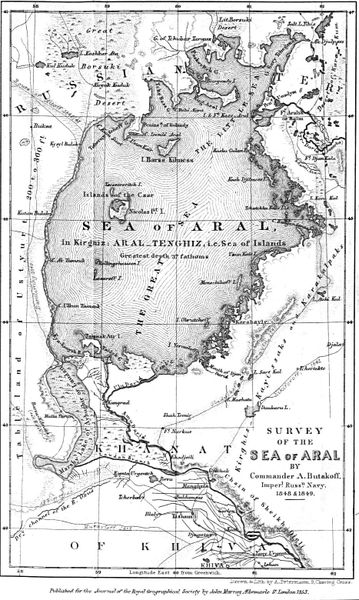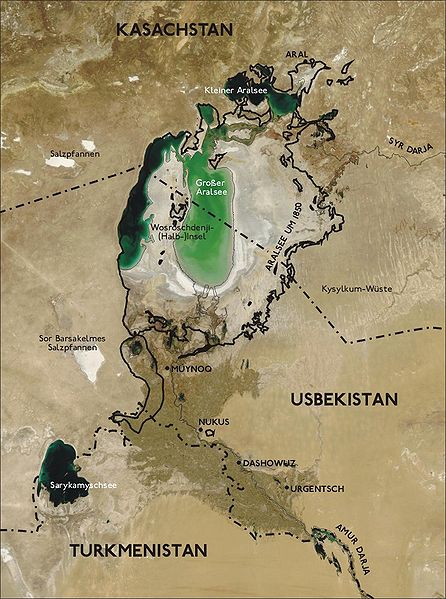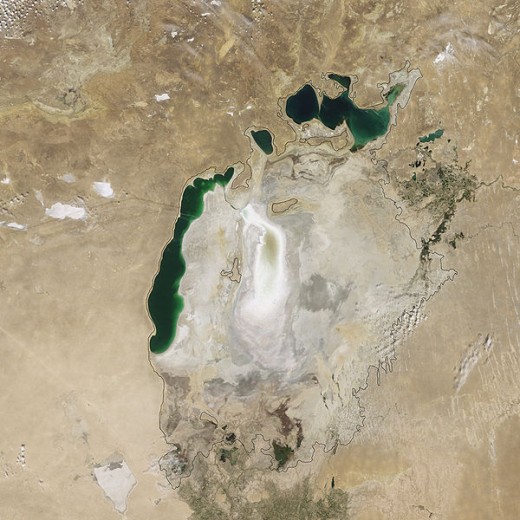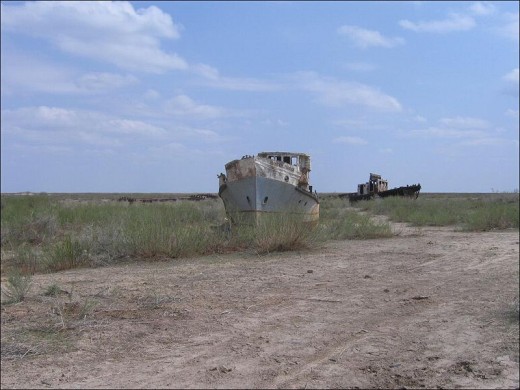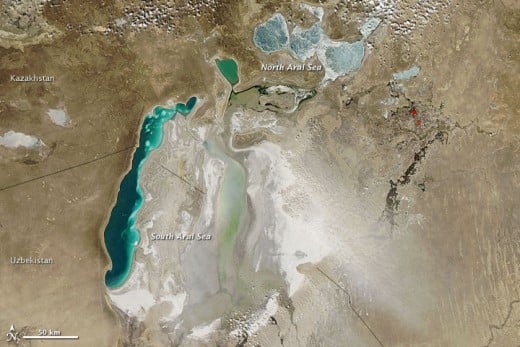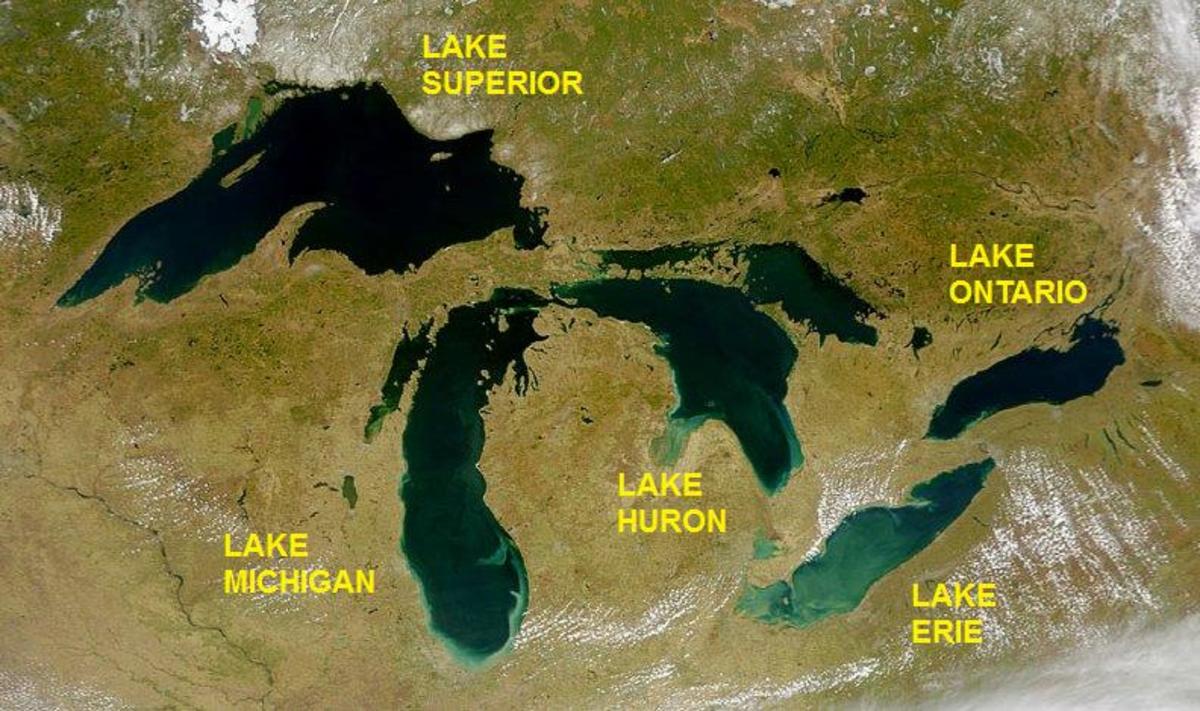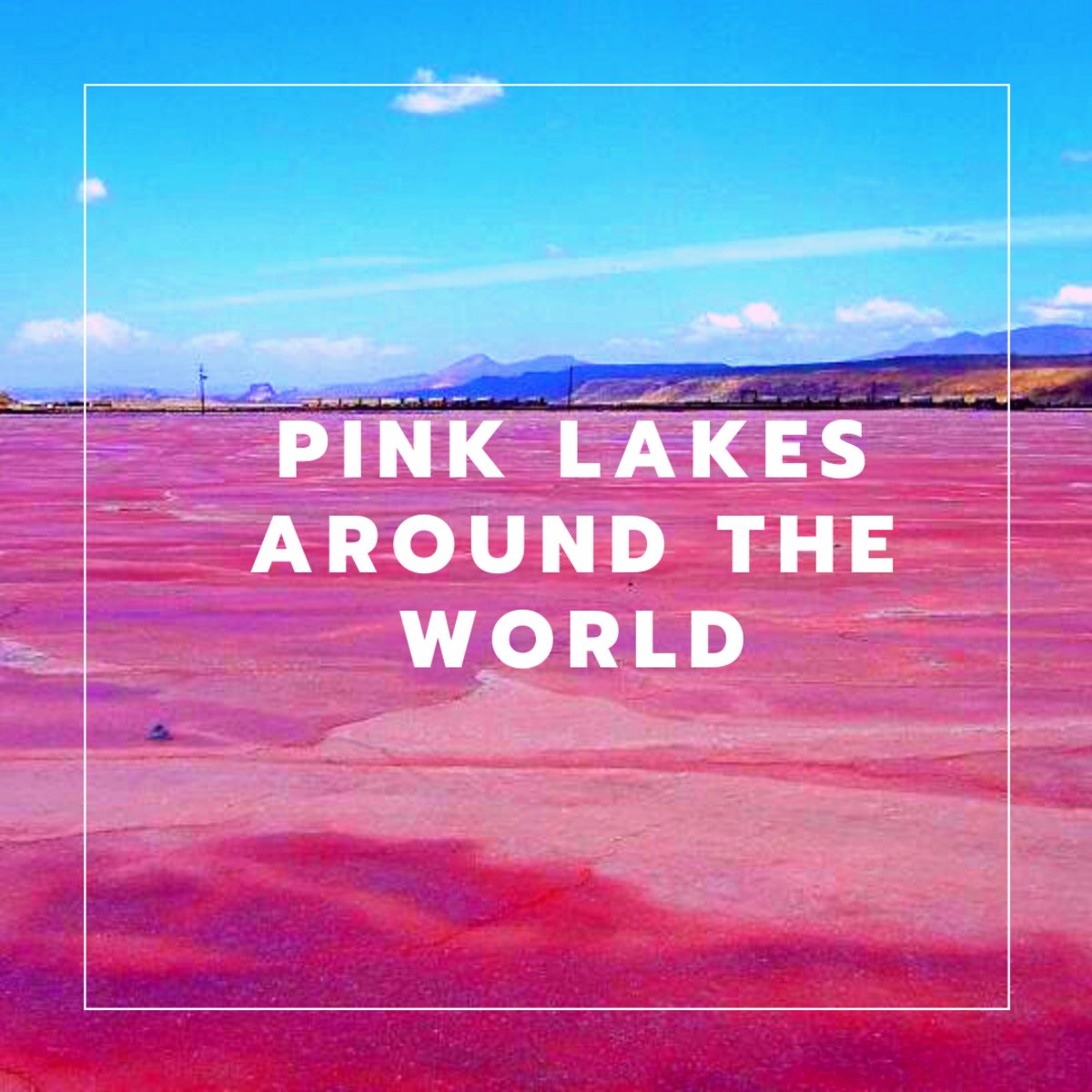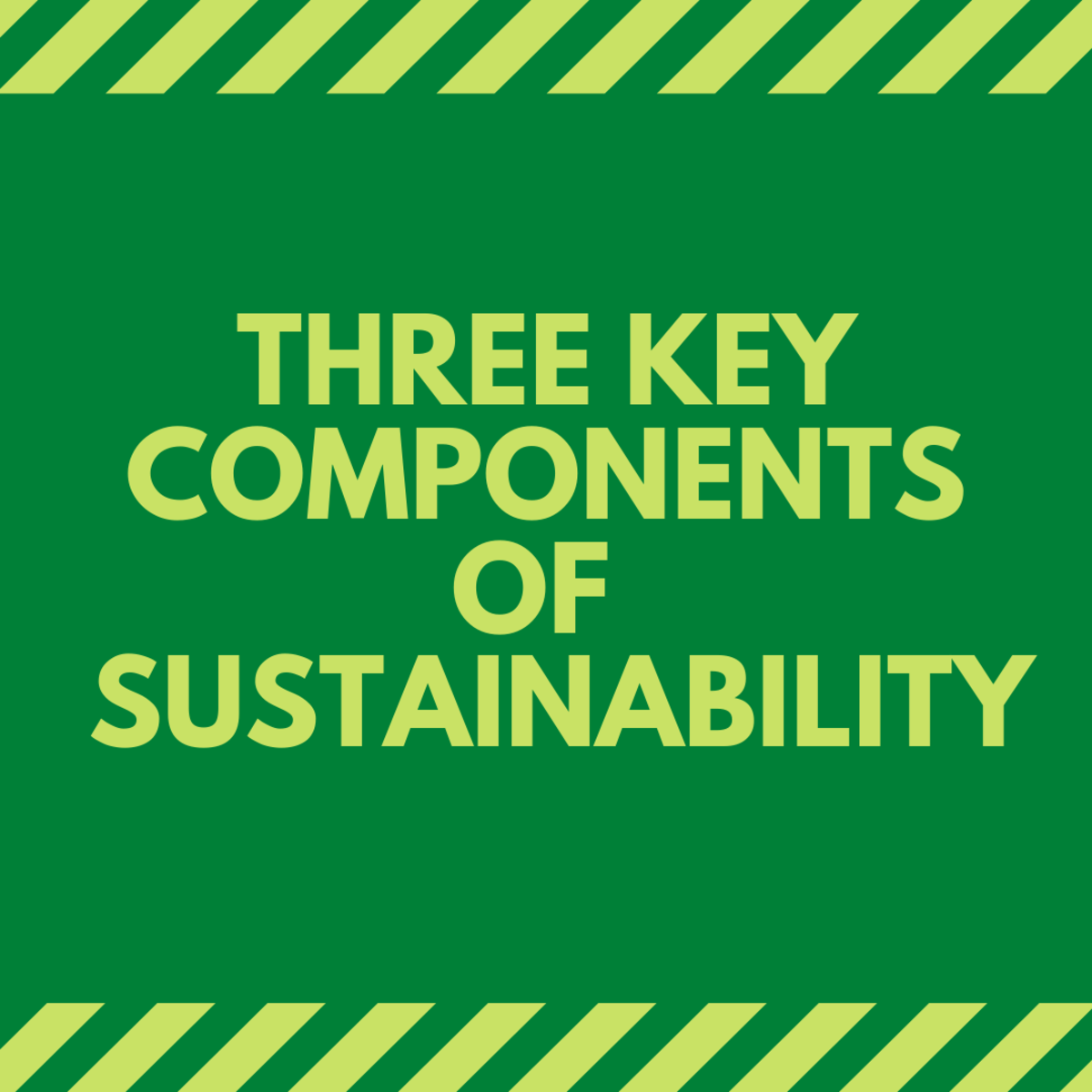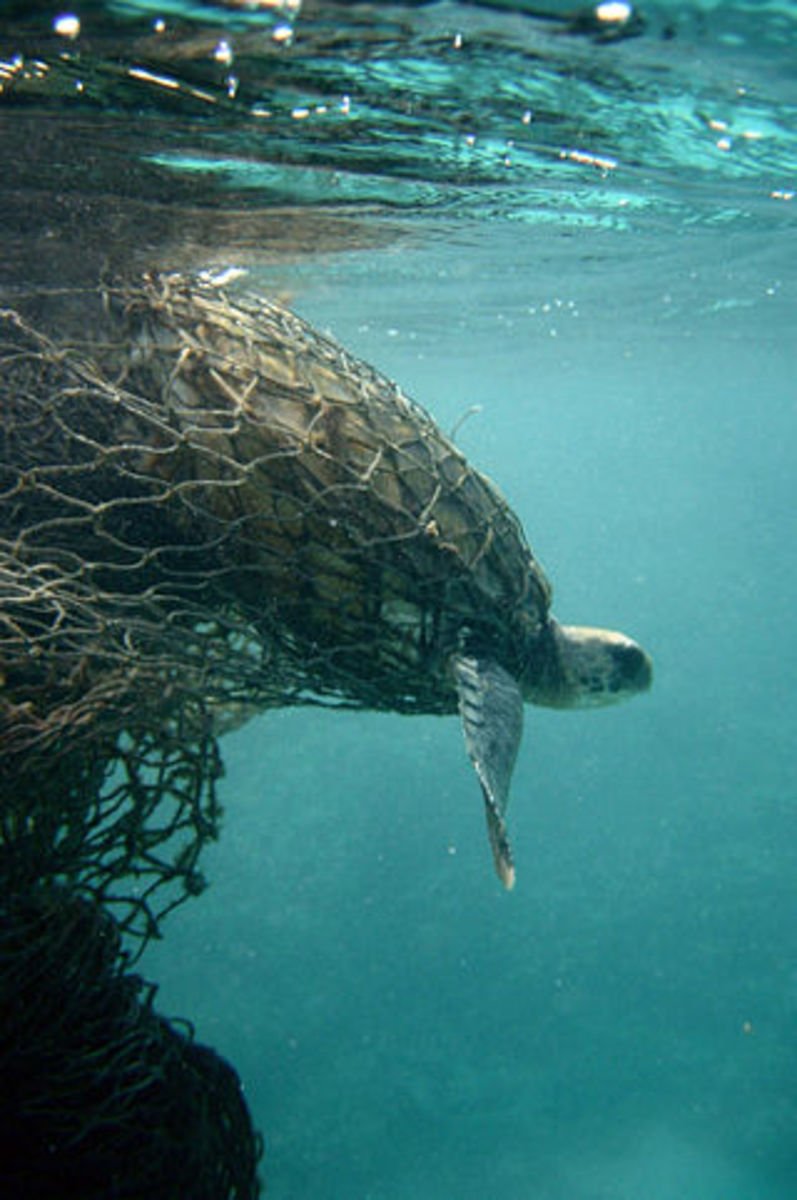The Coming Water Crisis in America
Water, Water Everywhere? Not so much…
We’re on the edge of a water crisis in the United States. Ongoing development in the American Southwest has created an ever-rising demand for a resource that has always been in short supply in the region. Civil engineering projects over the last century have made this development possible, but we seem to be reaching the point where current population levels in Nevada, Arizona, and Southeastern California are becoming unsustainable. People are living in a desert, and using water to do things like filling swimming pools, growing lawns, and creating golf courses. Sooner or later, we’re going to have to face the inevitable conclusion that this can’t go on. There are several indicators that we are headed for disaster. Here are a few.
Lake Mead
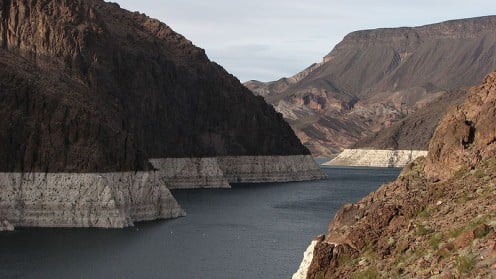
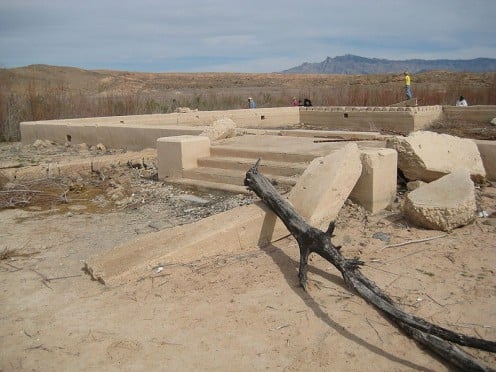
Lake Mead
A man-made lake, Lake Mead is stacked up behind Hoover Dam, and supplies water and, via the dam, electricity to places like Las Vegas and Los Angeles. The problem is that it’s going dry. The water level in Lake Mead has been steadily dropping since the year 2000, and is now only slightly higher than it was during the harsh 1965 drought. The drop in Lake Mead’s water level is proportional to the growth of thirsty cities in the surrounding desert—cities like Las Vegas. If current trends continue, the Scripps Institution of Oceanography at UC San Diego predicts that the lake may dry up completely by 2021. Even if this worst-case scenario doesn’t come to pass, there will certainly be shortfalls in both water delivery and electricity generation in the coming decade.
Colorado River
Lake Mead is essentially a wide spot in the Colorado River, which runs over 1450 miles from its source in the Colorado Rockies all the way to the All-American Canal, which diverts its flow away from Mexico and the Gulf of California and toward Imperial Valley in southeastern California. This diversion sends enough fresh water to Imperial Valley to allow its farmers to grow over a billion dollars worth of crops in what would otherwise be a desert. Of course, this miracle has its dark side in that it has turned what would otherwise have been an estuarial marshland in Mexico into a desert.
Continuing development in the American Southwest has put a great strain on the lower part of the Colorado River, prompting the states that depend on its flow to enter into the Colorado River Compact. You’d think that this would encourage responsible water management, but under the compact, even if the water level in Lake Mead drops to below what it was immediately after Hoover Dam was built, California will still get its full allocation so it can continue to irrigate its desert.
No Problem--We Can Use Great Lakes Water!
Of course, many folks in the Southwest imagine that we can simply divert water from the Great Lakes to supply their needs. After all, the Great Lakes Basin is the world’s largest resevoir of fresh water. Surely the Lakes can spare a few cubic miles of water to keep the people of Las Vegas from having to look at brown lawns. But even without a major diversion of water to the Southwest, the Great Lakes’ water levels have been decreasing over the past several years. Already ore freighters are unable to run fully loaded on the Lakes without scraping the bottom in shallow areas. If Great Lakes water is diverted while this trend continues, shipping on the Lakes will become functionally impossible, rendering thousands of people jobless in a region that can ill afford more unemployment.
Predictions of dire economic repercussions aside, history has shown us what happens when people try to turn a desert into farmland.
The Aral Sea…No, not “Sea.” What’s the Word? Desert.
The Aral Sea used to be the world’s fourth largest lake, at a little more than 26,000 square miles. It supported a robust fishing industry that employed thousands. But then, in an effort to create arable land from a desert, the Soviet Union diverted a couple rivers and built some irrigation canals. Today, the Aral Sea is mostly gone. Its surface area is now just under 2000 square miles, and the water is so salty and contaminated that nothing can live in it. The town of Moynaq, which used to be a fishing port, is now nearly a hundred miles from shore. Occasionally, there are dust storms where the water was.
Images of the Aral Sea
Click thumbnail to view full-size






Why Am I Worried?
“But that was the USSR, “ you might say. “There’s no danger that the USA would make the same errors as a failed communist regime.” Well, not at the behest of a monolithic government bureaucracy, no. But we certainly might be moved, as a nation, to take pity on a region that is dealing with a drought (never mind that it was a desert before people moved there and remains one today). “People need water to live,” we might tell ourselves. “It would be inhuman to deny them the most basic of necessities when such an abundance exists in the Great Lakes basin.” I suppose it would be, if in fact folks were dying of dehydration because of some natural disaster. But that’s not what’s happening in the American Southwest.
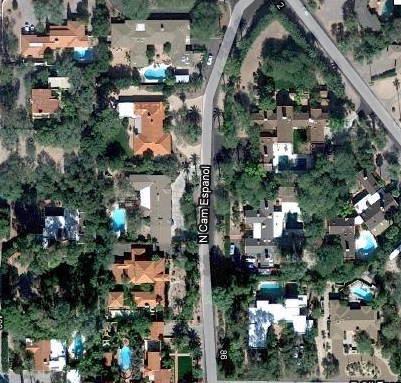
The Reason for This Article
Some weeks ago I ran across a letter to the editor in one of my wife’s gardening magazines. This letter stuck in my brain like a bit of popcorn between my teeth, and I’ve been worrying at it all this time. I didn't think to keep the magazine for reference, but the letter went something like this:
Dear Gardening Magazine,
Please help me. I’ve been trying to grow a formal English garden in my backyard for years now, inspired by the lush landscapes I see in your pages every month. But I just can’t get the plants to thrive. I’ve tried everything from moisture-retaining compost to drip irrigation to overnight soaking, and nothing works. What am I doing wrong?
Signed,
Stupid Person,
Tucson, Arizona
The editor’s response was suitably polite, and suggested that S.P. try growing plants more suitable to her arid climate. My response, even after having thought about it in the back of my head for many weeks, would be decidedly more blunt. It would go something like this:
Dear Stupid,
The reason you can’t grow an English garden is that you live in the freaking desert! Plants like lupines, bugleweed, and forget-me-nots can’t survive in your backyard. Stop wasting water, you idiot, and either plant some cacti or move to a place where your garden will grow.
If I thought that this attitude were uncommon in the Southwest, I wouldn’t worry so much. But a quick look at Google Maps shows that while most Tusconians seem to be content with the desert climate, there is still an alarming number of swimming pools and lush green lawns. Kentucky bluegrass can’t live in the desert unless someone dumps a messload of water on it every day. That water has to come from somewhere. Every drop of water that you waste on your lawn is water that can’t be used to bathe in, irrigate crops, or slake your thirst. It’s water that will never flow down the Colorado River, water that will not reach the sea.
This mindset, that one should be able to make the world bend to one’s wishes, is perhaps the biggest indicator that we’re headed toward a crisis. But I’m still hopeful. After all, people can decide to live with their local climate instead of battling against it. Maybe more folks in the Southwest will come to the realization that Midwest-style lawns are unsustainable for them. I hope they do. Because I will do everything in my power to keep the Great Lakes from becoming America’s Aral Sea.

Some Hubs on Water Conservation
- Rain Collection for Home Water Use
Water supply mega-projects, often built primarily for agriculture or manufacturing, are tremendously costly and nearly always destabilize the environment. We need to think smaller. What can individuals do to supply their own water? - Garden Water Conservation
Don't panic yet! We promise not to recommend a rock garden with cactuses. Using certain principles of water conservation and basic landscape, you can have a beautiful, cool and not excessively expensive...

